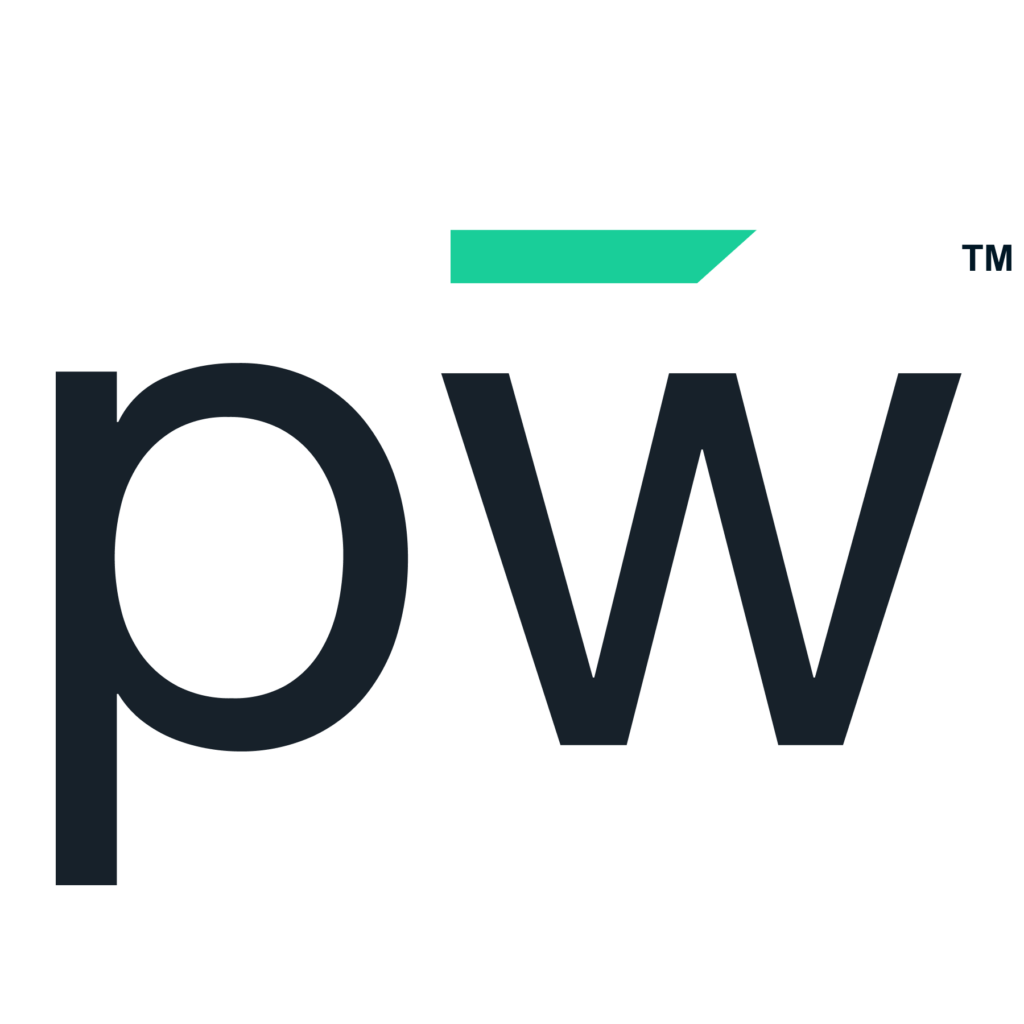When you send students off into the working world, you hope they are career-ready. However, many things impact their transition from college to a career. They’ve spent years learning, but that doesn’t mean they’ll land a promising job on day one or be able to successfully navigate what comes after the cap and gown.
Helping students transition from school to a career can be a path of inflated expectations and harsh realities. Guiding them through the process and helping to manage these means preparing them for what comes next.
The end of school creates many emotions for students.
Whenever there’s a new phase in someone’s life, they have lots of feelings. Your students may be excited and happy while managing anxiety and fear about the unknown. Their school life has been organized and regimented in many ways. Now, they get full membership into the adult club, which requires adjustment.
You can help them with this mix of emotions:
- Advise them to develop their own sense of structure.
- Remind them that it’s OK to be anxious and tense about the future, and provide them with practical ways to move through these emotions.
- Tell them they don’t have to know their exact career path and that they can continue to explore.
- Be honest with them that being a working adult is stressful and challenging.
This career advice for students is universal and can help them as they transition from school to a career. Another area to concentrate on is letting them know college doesn’t prepare them for everything.
Let them know college hasn’t prepared them for everything.
Managing expectations for students requires being real with them about what they’ve learned. They are walking away with a degree, but college doesn’t equate to career readiness. Prepare them for this by pointing out some main differences between their experience in school and the world of work.
Here are some examples to share with them:
- Feedback: It’s frequent and concrete in school via grades, but in the working world, feedback isn’t always precise.
- Environment: School has a very structured curriculum and pace, while working is very unstructured, and direction from others is often lacking.
- Control: In school, students have a lot of input in their classes. When people begin their work life, they have less of this because others dictate what they do.
- New dynamics: Being a successful student mainly involves individual effort. In a career, people need to collaborate with others to accomplish goals.
In this discussion, you should also impart that a degree and credentials are only a part of why they may be an attractive job candidate, especially as more companies shift to skills-based hiring.
Emphasize that their abilities, attributes and attitudes are what they should rely on when it comes to their career journey. Some of the best career advice you can leave them with is that skills are everything when transitioning from college to a career.
Be frank about their career search.
While the job market in the U.S. is healthy and unemployment is low, it doesn’t mean students will walk right into a role. According to data from May 2023, the unemployment rate for recent graduates was 4.2%. It’s a low number, but it’s not the complete story.
Your students may stumble in achieving employment for many reasons: They don’t know what they want to do, they lack experience, or the available jobs don’t pay a livable wage.
Some may need even more direction on the process itself. This video on what the job application process looks like can help.
Students may have to take an entry-level job that’s less than glamorous, so they’ll have to temper expectations again. One of the best ways to get them on a track that will be right for them is by implementing innovative career services management software that leverages artificial intelligence (AI) to match jobs and candidates.
How does career services management software that uses job matching help students?
The new wave of career services management software, such as pepelwerk, is a central platform for you and your students. It uses AI job matching to connect employers’ job profiles with an individual’s talent profile, which details their abilities, aptitudes and attitudes. It’s more advanced than basic resume matching that relies solely on exact keywords.
Beyond helping them land a job, more features benefit them and you, including:
- The ability to align certifications, classes or programs to in-demand jobs, which can improve placement
- Delivery and outcomes reporting
- AI and career assessment tools
- Work readiness content
- Internship job matching
- Virtual reality job exploration
Transitioning from school to a career is a pivotal moment. Setting students up for success while being honest about expectations is possible with skills-to-career matching. Learn more about this new technology and how it can help.










